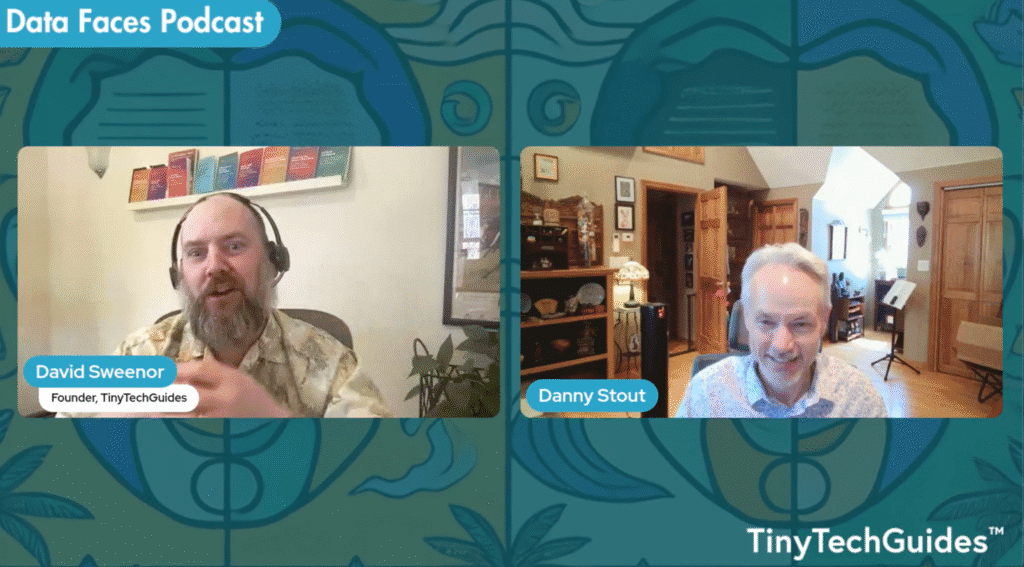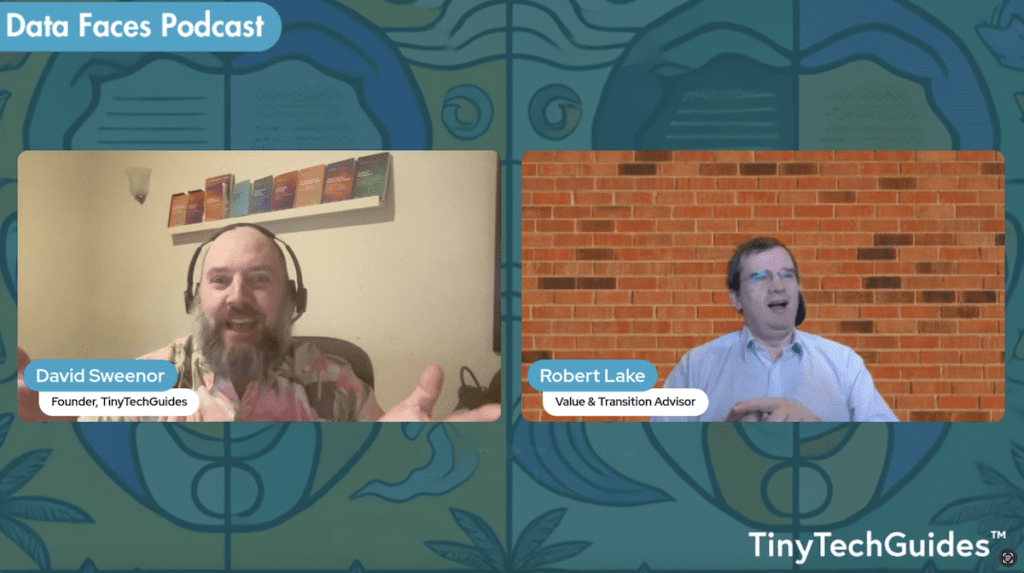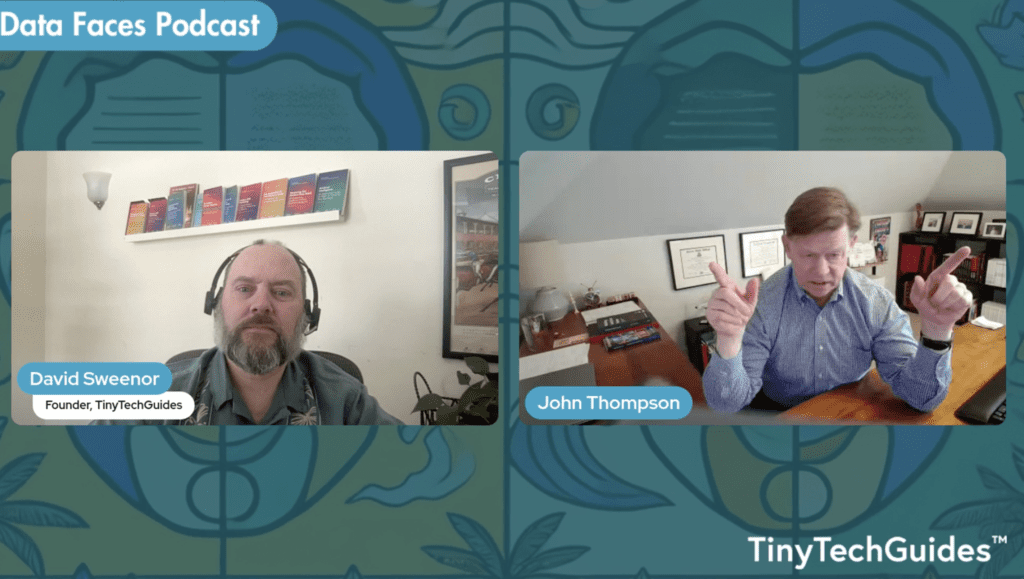A framework for leaders to build out their data analytics practices

A recent study from NewVantage Partners found that 92% of organizations are increasing their investments in data and artificial intelligence (AI). The study goes on to say that only 19% of companies have established a data-driven culture. This analytics chasm continues to widen and impedes organizational progress.
The main factors that contribute to this expansion of the analytics chasm include lack of analytic skills, poor access to data, slow and error-prone manual processes, and a shortage of knowledge workers.
The analytics chasm fundamentally boils down to one thing: a lack of analytics capacity within your organization.
Business today thrives on data analytics and the crucial insights it brings, yet many organizations are still shackled by treating data analytics as secondary to their business initiatives. Some organizations have recognized the power of data, and conceived data-driven business opportunities, but they lack a clear analytical strategy that inspires transformative thinking and are unable to orchestrate broad business achievements across the organization.
But before any business leader should tackle the problem head on by simply throwing headcount or budget at the problem in hopes to narrow the analytics divide, consider the following:
Analytics and AI isn’t about…
- The dashboard
- Turning everyone into a data scientist
- Choosing the best analytics tech platform
- Negotiating with IT
Analytics and AI is about…
- The business decisions
- Challenging ourselves to ask smarter questions
- Making better decisions based on data rather than intuition
- Breaking down silos across the organization and connecting value streams across the company
In a holistic framework, leaders responsible for building out the data and analytics practices should reach alignment in the following four areas first:
- Mission statement (data-driven vision) — Why is analytics important?
- Which use cases to start with — Where/how analytics can help, where can you infuse analytics to improve processes; which business processes to target?
- Key Performance Indicators (KPIs) — How will you measure success/stakeholder expectations?
- Execution — Do you understand where you are on the analytic maturity scale? What capabilities do you need? Considerations for execution; how to execute analytics; take inventory — of what you need; What you need to go from idea to reality. Is your organization data literate?
Establish a data-driven vision rather than just a mission statement
Future analytics leaders should first provide an effective data-driven vision that’s more than a mission statement stuffed with buzzwords and motivational phrases. She/he should make waves and challenge the status quo to reveal how data analytics and AI-infused business processes are integral to business strategies, rather than just “nice-to-have.”
A good data-driven vision has the following characteristics:
- It’s core to the company’s mission and explains how data and analytics are paramount to the success of the business.
- It’s focused on external stakeholders, mainly customers, and provides a broad, long-term strategy beyond the purpose of internal decision-making.
- It’s relevant, specific, and distinguishes your organization from its competitors by clearly defining the value your organization provides (further enhanced by data and analytics capabilities).
- It’s inspiring, authentic, and reaches people on an emotional level.
Data-driven visions have the power to elevate teams by giving team members a common purpose.
Identify all stakeholder outcomes — target what they care about the most
Modern analytics leaders should identify stakeholders, their strategic goals, and in particular, the unmet needs that are brand new business opportunities. This sets the scope for your strategy.
For stakeholders looking for opportunities to reimagine current ways of doing business, transformation is about changing how you do things — not simply automating existing processes. Leaders should use all the tools in your kit, descriptive, diagnostic, predictive, and prescriptive analytics to transform processes resulting in improved performance, lower costs, and reduced risks. Many businesses want to pursue AI because of the hype — this is the wrong way to approach things. Just because you have a hammer doesn’t mean everything is a nail.
Start with impactful use cases on easy-to-tackle process transformations. But recognize the need to advance your organizations analytics maturity to address more challenging business objectives. Analytics focused business that are high on the maturity curve can leverage sophisticated techniques such as computer vision, NLP, and optimization as a competitive advantage. Artificial intelligence for example is now commonplace in many data-driven organizations. These organizations are employing AI to achieve current outcomes with less investment in training and development. AI creates new businesses in which processes were previously too small scale (microloans, small scale insurance), or was too personalized and narrow (tailored marketing email that’s only relevant to a few customers).
However, the key is to start with the business strategy, business initiatives, and OKRs and how AI and analytics can help meet those goals. Whether you are reimagining your business process or establishing your AI Tiger Team1 begin out with something impactful that will serve as a good inspiration. Ultimately, data and analytics strategy that is deeply connected to the overall business goal and is measured by business outcomes will determine its value and success.
Transformation without analytics is just digitization. Analytics makes it transformative.
— David Sweenor, Automating Analytics
Align stakeholder expectations with tailored value propositions that drive value
Based on the stakeholder outcomes, a value proposition is a description of what you will create and deliver expressed in terms of the receiving party. It’s not enough to deliver value, it must also be received and perceived. Data and analytics initiatives are not self-evident. Many knowledge workers within the organization don’t share the same vision for what the role of analytics practice should be, leading to different expectations. Most of those expectations are implicit, views we just happen to believe. Analytics leaders’ role is to make sure that the value proposition becomes explicit. All stakeholders reach a common ground of understanding. There are three types of value propositions that are common for data and analytics practices.
- Analytics as a utility — Data and insights should be available to all, for all intents and purposes.
- Analytics as an enabler — Always targeted toward a specific business goal. Enable the business to make the right decisions every day.
- Analytics as a driver — A means to achieve new business goals. New tools can uncover new insights and new data types can lead to new business questions; both drive new business ideas and revenue sources.
These different types of value may contradict each other. But they are neither wrong nor right, each expresses a belief that enables data & analytics success. The coexistence of multiple types of value proposition within a single organization is not only likely, but also preferable.
Determine capability gaps and deficiencies for execution
The final part of your strategy to jumpstart your analytics journey is to identify what capabilities the strategy requires for execution. Communicate with executive leaders, IT, knowledge workers, and other stakeholders to facilitate a clear-cut evaluation of gaps in capabilities, such as:
- Core analytics competencies (availability of specialist skills, training, data literacy programs)
- Culture/organization (plan for change management and analytics democratization)
- Data and analytics governance (principles, policies, responsibilities, outcomes)
- Technological capabilities (data integration, data management, data access)
- Processes (life cycle management, priority management)
After the capabilities overview, you are ready to share your vision with the senior leadership and sponsors. Your enterprise, while early in the analytics journey, may require appointing a chief data and analytics officer (CDAO) and changing organizational reporting structures. Traditionally, the analytics practices are part of IT, but increasingly the reports are outside of IT with an “office of the CDAO”.
If you want to learn more about artificial intelligence, check out my TinyTechGuides Artificial Intelligence – An Executive Guide to Make AI Work for Your Business
Editors note: This was co-written with Owen Mao.
Categories
- AI Trends (8)
- Analytics Leadership (9)
- Artificial Intelligence (52)
- Data Faces Podcast (4)
- Data Leadership (3)
- Marketing (17)
- Modern Data Stack (3)
- News (8)
- Tech News (1)
Latest Posts
- From “AI-Ready” to AI Reality: Why Actionable Data Strategies Beat Endless Planning
- Team Dynamics Over Technology: The Human Elements that Drive AI Success
- The Customer Hero Principle: Why Your B2B Messaging Falls Flat
- The Grandmother Test: Building AI Trust Beyond Technology
- Don’t Trust Your AI With Dates: The Calendar Blindspot



